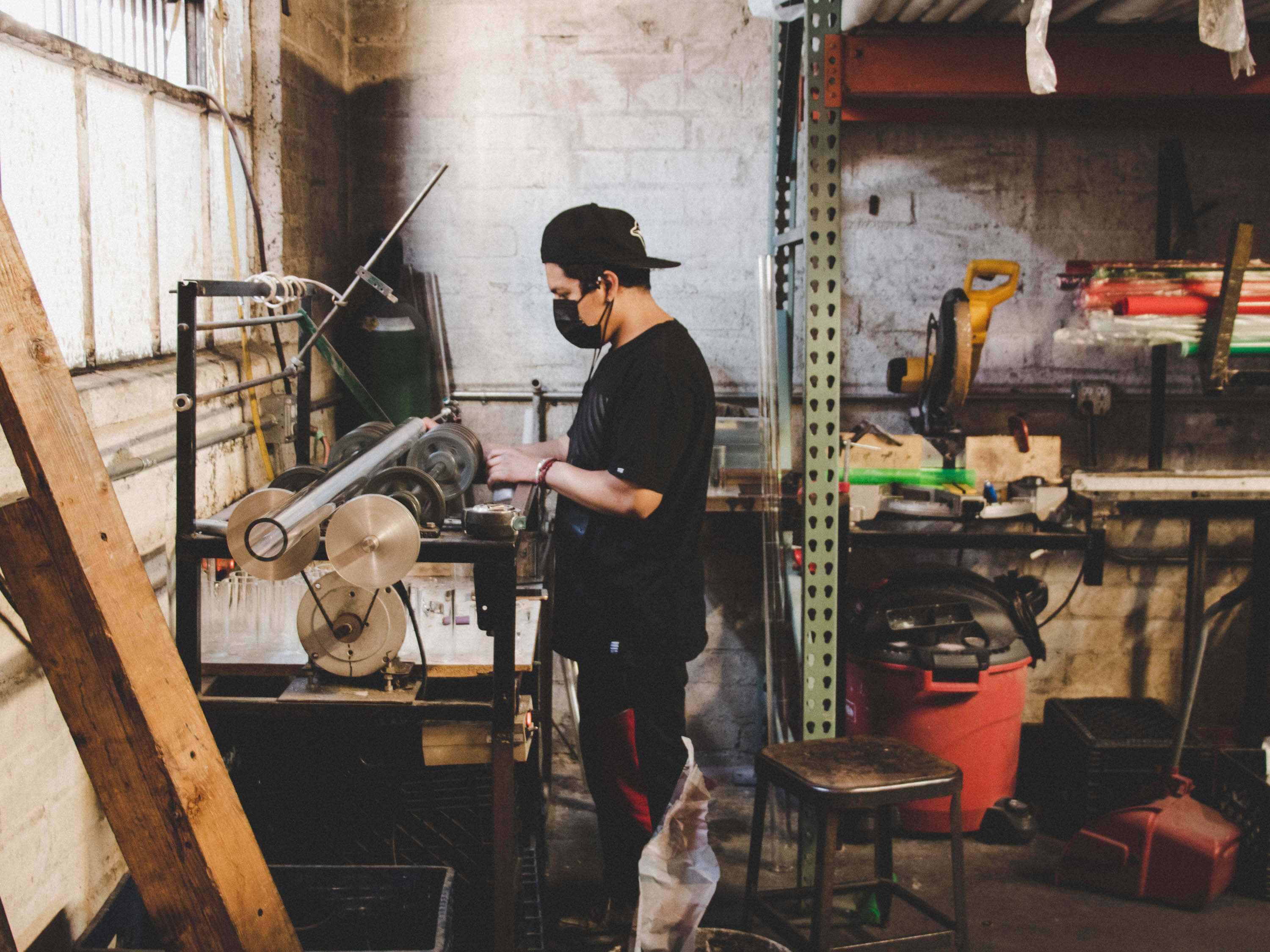Tank Blog
cannabis
How Medical and Recreational Marijuana are impacted by Wildfires
Every year, wildfires devastate millions of acres of forests and land, hurt certain wildlife, and negatively impact the cannabis industry. The worst of 2020 was felt by cultivators in the states of California and Oregon. Furthermore, with ash and smoke blocking out the sun, outdoor cultivators were left with few options for remediating these issues. Although these conditions primarily affect west coast cultivators, wildfires can suddenly start up wherever there is a fuel source.
Smoke reduces the cannabis quality
Steep Hill Labs director of cultivation science Linda Abernathy stated it best when she said that heavy particulate or smoke exposure degrades the quality of the product so extensively that most individuals won’t purchase it. There’s no doubt that products exposed to these conditions will fail regulatory testing because of ash, cinders, and dirt. However, she also claimed that there are a handful of remediation methods that make for successful market-ready products.
Lower the contamination
One such solution involves preventing and treating contaminants such as cleaning out the growing area and your hydroponic systems when you experience a lower level of contamination. Heavy contamination, on the other hand, requires pressure washing and replacing ceiling tiles, drywall, and anything else that has absorbed larger amounts of these contaminants. Additionally, the level of contaminants that warrant taking extra measures will impact the operating efficiency of the growth facility.So how do contaminants such as ash and soot affect the cultivation of your plants? In 2020, there were nearly 59,000 wildfires that destroyed over 10 million acres of US land, almost double the amount from 2019 and higher than the US 10-year average. The latest outlook of the government’s drought monitor revealed that the primary areas of cannabis growth (the West and Southwest) will undergo prolonged drought conditions throughout 2021.Ultimately, these severe drought conditions will lead to a wide range of problems such as highly unstable crop growth, a dramatic loss of pasture lands, and serious water emergencies. The drastic deterioration of cultivation harvests will result in other problems for residents of these areas such as poor air quality. If hazardous readings exceed 250 micrograms per cubic meter for prolonged periods, the EPA will step in and recommend closing events, schools, and workplaces.The reality is that smoke is a volatile substance where cannabis plants are concerned and can cause a significant amount of stress to the growth process, especially to those individuals who utilize greenhouse or outdoor operations. If you are looking for a good smoking experience, there are a range of beakers and bongs that you can buy. To learn more, contact Tank Glass at (323) 364-7952 for additional sources of information or send us a message at support@tankglass.us.
effect of cannabis
Can the Effects of Cannabis be influenced by a Person’s Genes?
Potency, strain, and type of consumption are all significant factors that play a part in the way in which the effects of smoking cannabis affect each individual person. However, each individual has their own set of variables such as age, frequency of consumption, gender, and percentage of body fat just to name a few. If you’ve spent time smoking cannabis with friends you’ve probably noticed a broad variety of responses to it, even though everyone is smoking the same strain.For example, some may burst into laughter while others may start daydreaming. Some may become anxious or paranoid while others become “couch potatoes.” In any event, researchers have actually been curious and have conducted research into why people respond differently. So, it begs the question “Can the effects of cannabis be influenced by a person’s genes?” One of several things they’ve learned is that a person’s genes may play a significant role in the way that smoking cannabis affects us.
Cannabis and Neurotransmitters
In 2019, Canada’s University of Western Ontario researchers conducted a study that focused on how smoking cannabis can have such diverse effects on people. The study was conducted on rodents and enabled researchers to identify specific regions of the brain that could produce either negative or positive effects on the person. Researchers found that when rats are exposed to THC, it produced rewarding effects in the frontal lobe.The frontal lobe plays a key role in the pleasure and reward circuit of the brain through neurotransmitters such as dopamine and serotonin. Dopamine plays a significant role in arousal, executive function, motivation, and reward while serotonin helps to produce feelings of well-being and happiness while stabilizing a person’s moods. This region of the brain enables animals and humans to identify the presence of a threat and react to it. Another essential aspect of cannabis intoxication is the reward circuitry in the brain. That part of the brain affects the memory and emotions, producing pleasurable sensations which leads to intake of cannabis to get that high again.
Genetic Variables
Although people with argue the point that addiction to cannabis is non-existent, a variation on the gene known as CHRNA2 can elevate the risk of becoming addicted or dependent on cannabis at the very least. However, trying to define “cannabis addiction” can be somewhat tricky. This is because studies on substance abuse often confuse addiction with dependency.Another genetic variable occurs with the CB1 and CB2 cannabinoid receptors in your body and the variations of them that oftentimes occur. These are considered genetic mutations that can alter the body’s responses to cannabis and other substances and dramatically impact one’s health.




